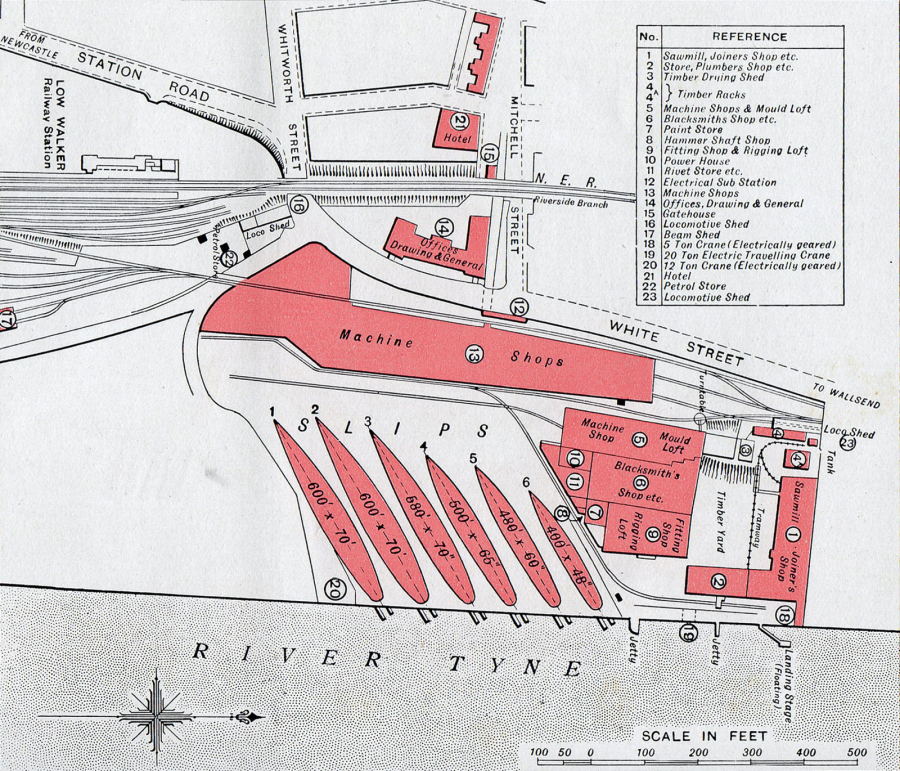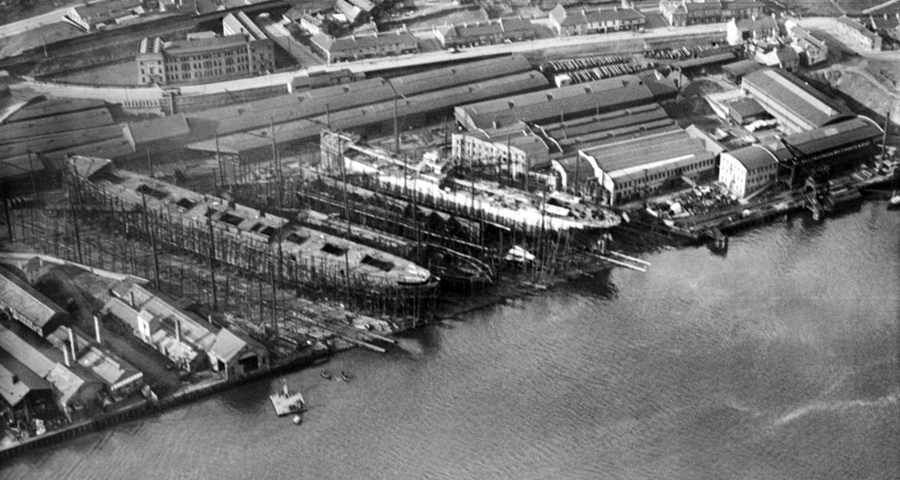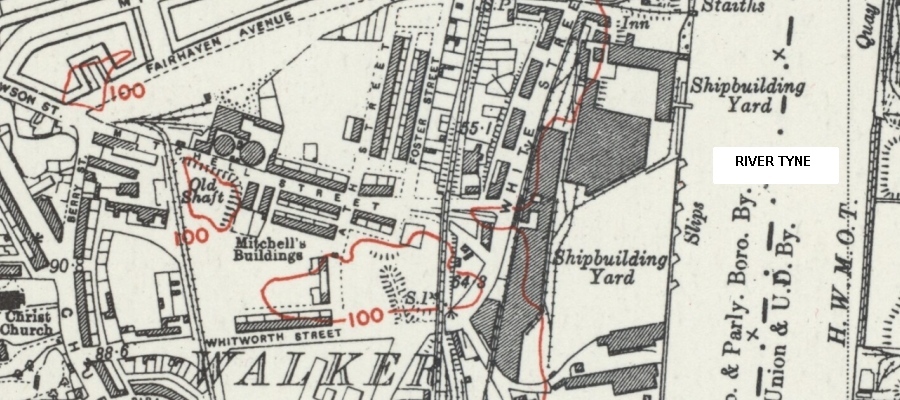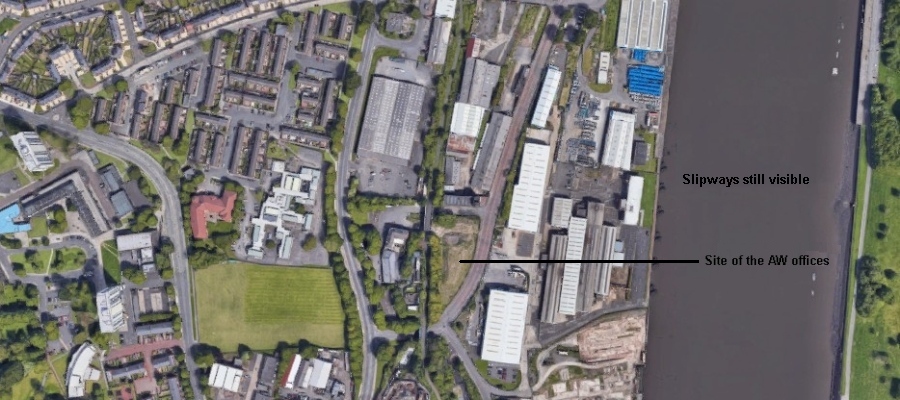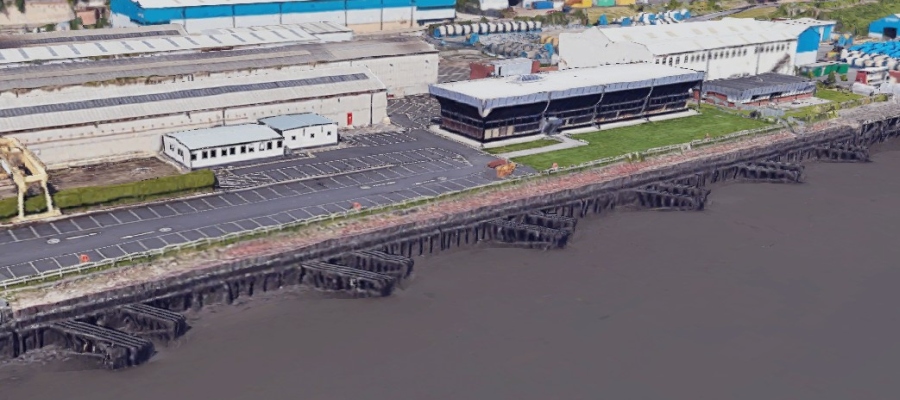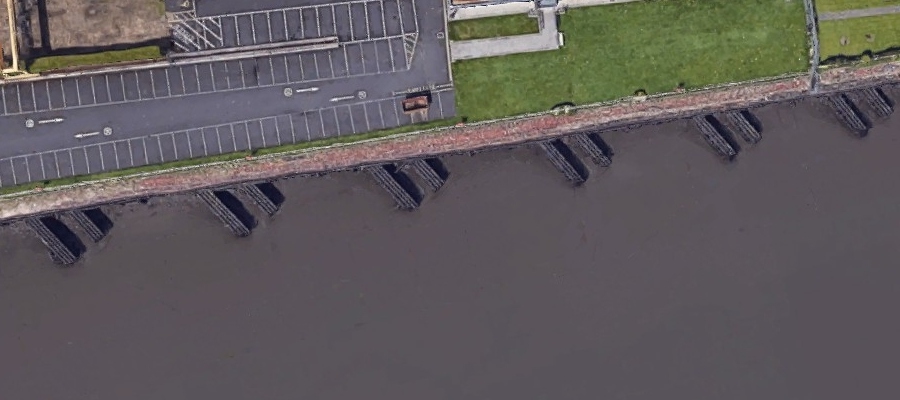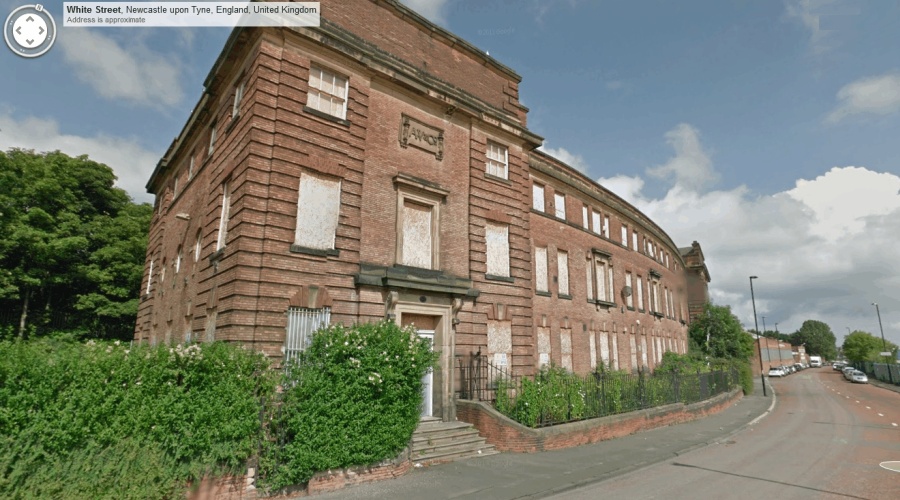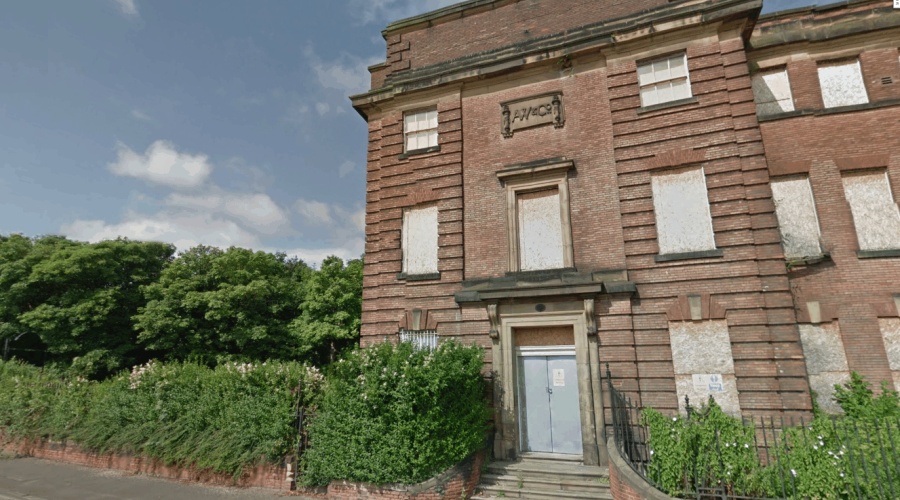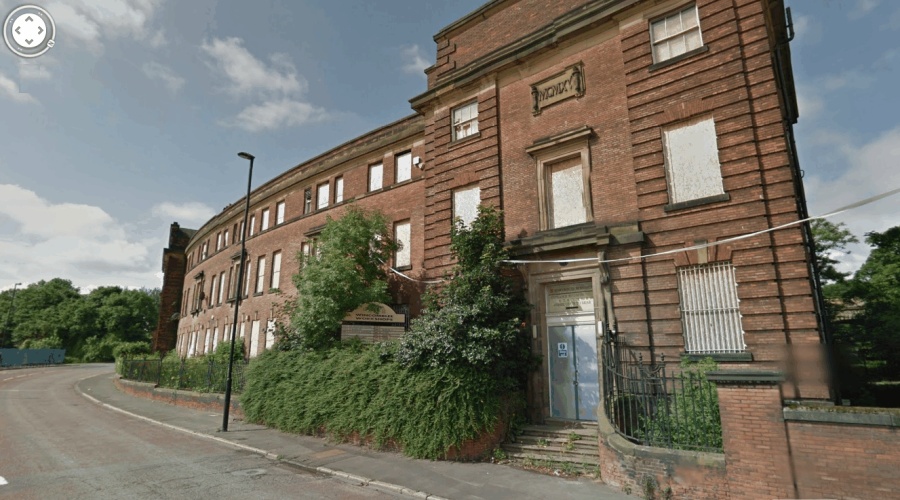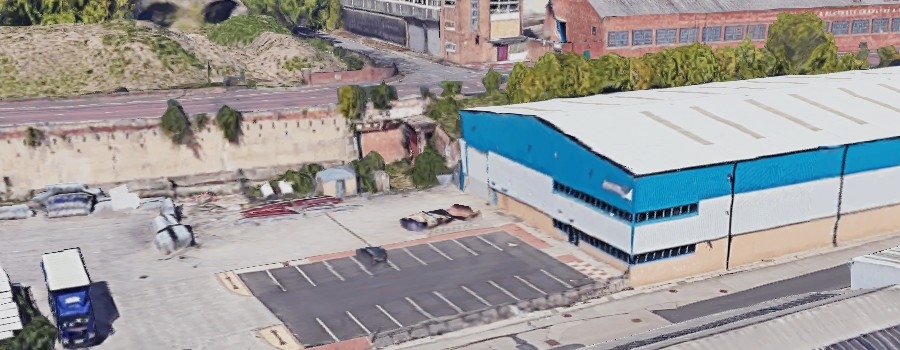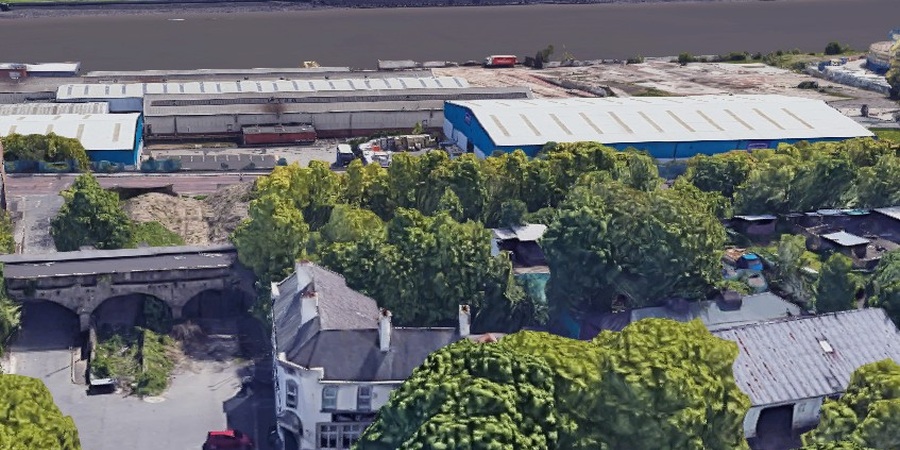|
The Low Walker yard has a long history going back as far as William Reay 1831 - 1842, John Coutts 1842 - 1848, Thomas Seymour 1848 - 1852 and Charles Mitchell 1853 - 1882. William Armstrong who owned an armaments factory at Elswick wanted to enter the warship market, as a way of promoting his large caliber guns. However he was unable to build ships at Elswick because of a low multi arch bridge across the Tyne at Newcastle. Therefore in 1867 Armstrong entered into an agreement with Charles Mitchell who had a shipyard at Low Walker whereby the Mitchell company would build hulls for the Armstrong warships. This agreement was so successful that in 1882 the two companies merged to form Sir WG Armstrong, Mitchell & Co Ltd. In 1876 the low multi arch bridge at Newcastle that had stood since Georgean times was replaced by a new Armstrong designed swing bridge thus removing a major problem for the Elswick works. In 1883 the new Armstrong, Mitchell company decided to build a new shipyard specialising in warship production, next to the armaments works at Elwick. Their Low Walker yard was then able to concentrate on merchant shipbuilding, especially of tankers from 1885 onwards.
Above plan of the Low Walker Yard is courtesy of Kevin Blair. CLICK to enlarge/BACK to return
The above map shows the yard in about 1930, note the Slips or Slipways jutting out into the river.
The above aerial view (dated 2018 & copyright of Google) shows the location of the yard still identifiable by the slipways jutting into the river. The location of the Armstrong Whitworth offices is shown even though by 2018 they had been demolished.
The Slipways can be seen in the above image, copyright of Google
The Slipways can be seen in the above image, copyright of Google
The Armstrong Whitworth offices on White Street. Photo is copyright of Google
The Armstrong Whitworth offices on White Street. Photo is copyright of Google
The Armstrong Whitworth offices on White Street. Photo is copyright of Google
Access to the yard, under White Street, was through two tunnels that were accessed to the right of the office building.
View from behind where the offices were, shows the railway line on the 3 arched bridge.
Above photo showing the cranes at the Low Walker Yard is courtesy of Kevin Blair. CLICK to enlarge/BACK to return |
